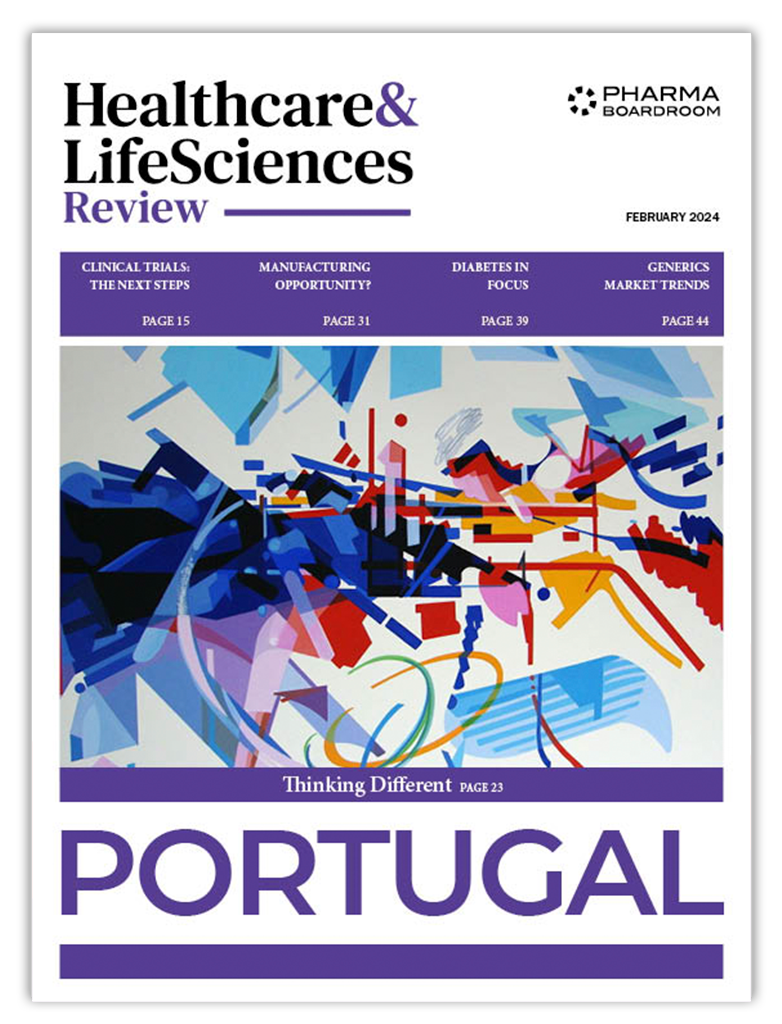
Carla Smith is a healthcare thought leader with nearly 30 years’ experience. She champions transformational strategy, governance, and policy in the health sector, particularly in the areas of digital health and health IT.
In this article, Ms Smith discusses the massive potential of digital therapeutics in helping patients manage their disease and the issues that must be addressed to bring such products to market.
Digital therapeutics are in their nascent phase. Highly promising, yet lacking a solid base of evidence and history of ability to scale.
While the outside observer may think that there’s one “health sector”, those of us on the inside know that there are several highly-siloed components with incomplete, and spotty, intersections. Digital therapeutics (DTx) has the potential to bridge these siloes in new and compelling ways.
DTx are evidence-based therapeutic treatments for patients driven by software programs to prevent, manage, or treat a clinical disorder or disease. There are now enough DTx companies and stakeholders that a new trade association has launched to define, frame, and drive adoption. For the first time, a patient will need a prescription to access software.
Associations are something I know a lot about, having served for several years in the 1990s as the CEO of the newly-established trade association for health IT vendors and consultants, and 17 years as the head of HIMSS North America. DTx requires the same start-up mentality: to define DTx for a broad set of stakeholders, establish ethical practice standards, clearly describe the intended use of DTx, and tackle numerous challenges (such as privacy and security).
While the phrase “driven by software programs” in the above definition may have caught your eye, there’s a second key phrase equally worthy of attention: “evidence-based”. The evidence for digital therapeutic efficacy must be grounded in scientific rigour, commonly known as levels of medical evidence. Originally designed in 1979 by a Canadian Task Force on the Periodic Health Examination, the model has evolved over the years to embrace various medical breakthroughs.
Today, the highest level of evidence comes from an unbiased cohort study or a systematic review of unbiased cohort studies. The quality of the data plays a major role in establishing the level of evidence. Lower levels of evidence include examples such as a case study or expert opinion. These are considered less valid as they are often biased by the author’s experience or opinions, plus there’s no method to control for confounding factors.
DTx takes the plethora of health-related app development to a whole new level of creativity and impact potential.
Only through evidence-based science will DTx come to market and scale. Why? Because the public and prescribers need to be assured that the intervention is safe and effective for the intended use. Further, those paying for the interventions (ministries of health, insurance companies, and patients) will only pay when there is highly-credible medical evidence to back up the claims. Finally, most developed nations have an arm of government providing oversight in the interest of residents’ health, and thus a regulatory process digital therapeutics must undertake. For example, the FDA in the United States and the CE mark within the European Economic Area.
Digital therapeutic companies now have an opportunity to make major advancements in the health and well-being of patients grappling with serious health issues. To do so, DTx must have the involvement of patient advocacy groups, clinical societies, policy-makers, and associations to examine this promising development. For example, policy-makers need to understand the quality, security, and safety aspects of using DTx in the delivery of healthcare. In addition, DTx has the potential to change the very nature of big pharma. And, of course, from inception, intended users (clinicians, patients, researchers, administrators) must be equipped to assess how/if/when digital therapeutics could be a solution to a health issue.
DTx takes the plethora of health-related app development to a whole new level of creativity and impact potential. Based upon early signs, the first market to be explored are chronic health issues that can be positively impacted by cognitive behavioural therapies; for example, using nutrition and exercise apps in concert with medications to positively impact patients with Type 2 diabetes. Another example is DTx for substance abuse disorders. A combination of clinically-appropriate medications in tandem with a tailored app and active management by a clinician holds promise for patients, and their families, working through substance abuse disorder issues.
While within an individual company, the pressure for corporate profit can drive otherwise well-intentioned people to make questionable claims, working collaboratively through an association can have great benefit.
This area also holds promise to tackle three impending crises. First, an imbalance in the quantity of practising clinicians in various disciplines. Secondly, as I’ve written in earlier blogs, there are multiple nations that already face shortages of nurses and primary care physicians. Finally, numerous developed nations have ageing populations with the resulting strain on the health system. DTx has the potential to make a positive impact in all three areas.
Digital therapeutics are in their nascent phase. Highly promising, yet lacking a solid base of evidence and history of ability to scale. Plus, there are massive security issues that must be addressed. Bad actors could do terrible damage to patients around the world by hacking into these systems. And, the ab initio premise must be the patient at the centre. It’s all about the patient and those who provide the care.
This is where associations can provide stability and focus on a cause. While within an individual company, the pressure for corporate profit can drive otherwise well-intentioned people to make questionable claims, working collaboratively through an association can have great benefit. Collaborative work intended to “raise all boats” often results in outcomes that positively impact patients, clinicians, and companies.
I strongly encourage professional clinical societies, patient advocacy groups, and trade associations to explore digital therapeutics as there are so many issues to grapple with – security, access, safety, evidence, reimbursement, quality, workforce development, policy issues – the list goes on and on. A community of patients, health professionals – and the companies that provide the goods and services – focused on this exploding new area of healthcare is needed.
Our friends, neighbours, and family are counting on us to get this right. Let’s not let them down.


